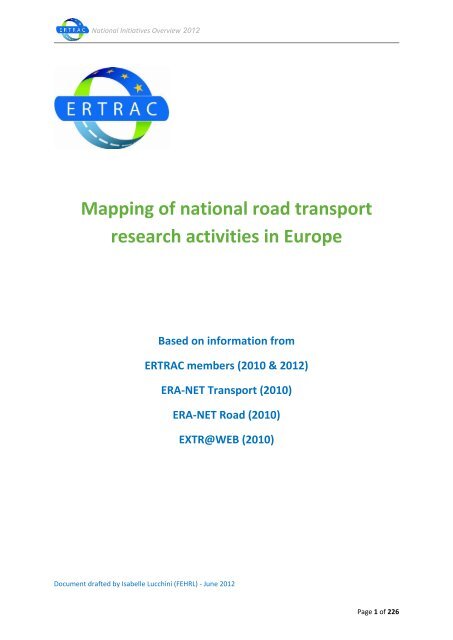

Publishers and brands that grapple with diminishing advertising revenues and are considering similar tactics must wake up to reality. Please disable Ad Blocker to continue using Yahoo Mail.” For those paying attention to how the digital age has transformed relationships between brands, people, and society, it won’t be surprising to learn that users immediately expressed their outrage across social media, telling Yahoo, with varying degrees of civility, “No more Ad Blocker? See ya, Yahoo.” Many users of Yahoo Mail encountered an off-putting message recently when trying to log in: “Uh oh… We are unable to display Yahoo Mail. Wind is co-author with WFoA executive director Catharine Findiesen Hays of an upcoming book, Beyond Advertising: Creating Value Through All Customer Touchpoints. An ad that resonates is relevant and respectful, actionable, valuable and value-generating, purveys an exceptional experience and a shareworthy story, according to this opinion piece by Wharton marketing professor and academic director of the Wharton Future of Advertising Program Jerry (Yoram) Wind and Alexa de los Reyes, the Program’s editorial manager. Last year, the practice cost ad-supported publishers and brands an estimated $5.8 billion in lost revenue, a figure that is expected to rise to $20.3 billion in 2016.īut instead of thinking of new ways to manipulate people to see their ads, advertisers should craft ones that people want to see and share. While blocking is still mainly done on desktop computers, Apple’s move gave a boost to mobile ad blocking. In the U.S., ad blocking grew by 48%, reaching 45 million active users. The use of ad blockers - software extensions that stop digital ads from appearing - rose 41% globally in the past 12 months, according to the 2015 Ad Blocking Report by PageFair and Adobe. The battle between digital publishers and consumers over ad blockers has intensified, with Apple for the first time allowing them to be embedded in its Safari browser on iPhones and iPads.


 0 kommentar(er)
0 kommentar(er)
